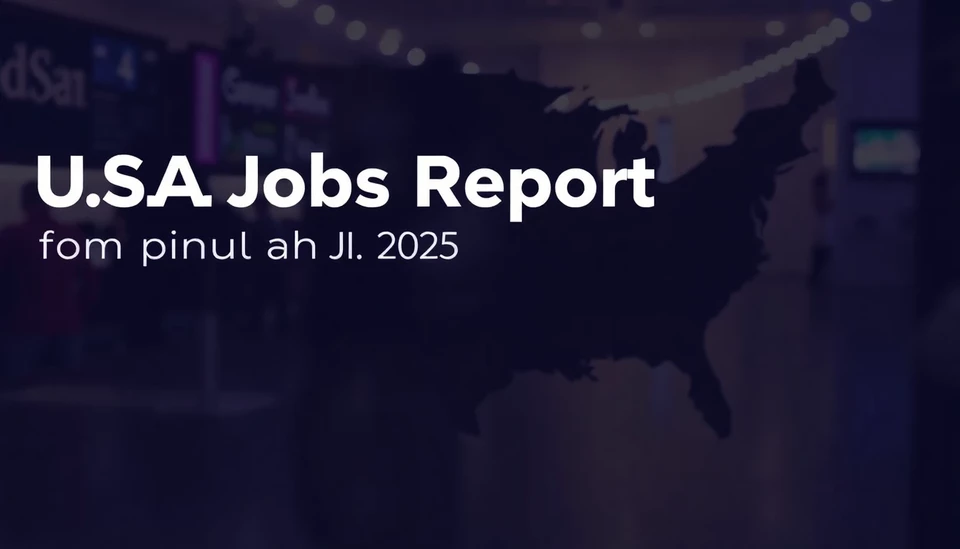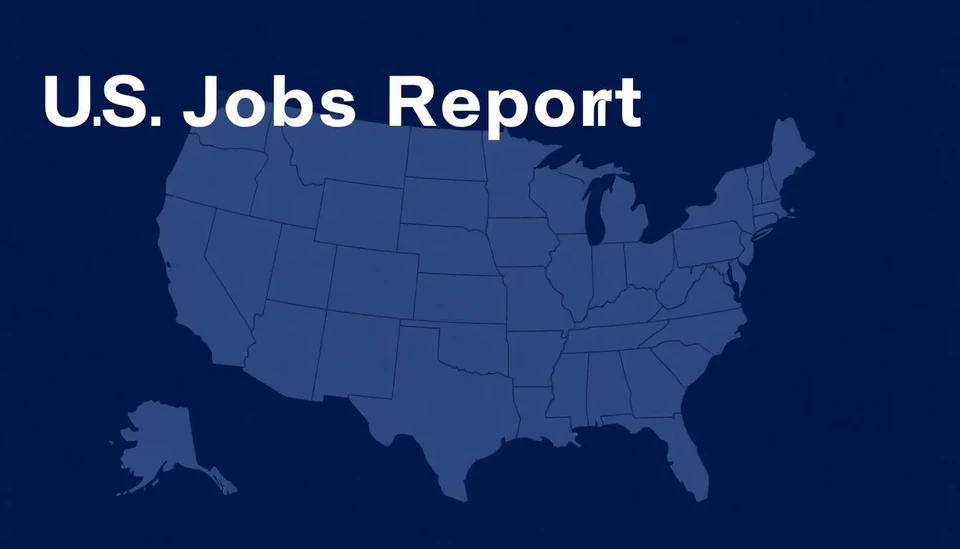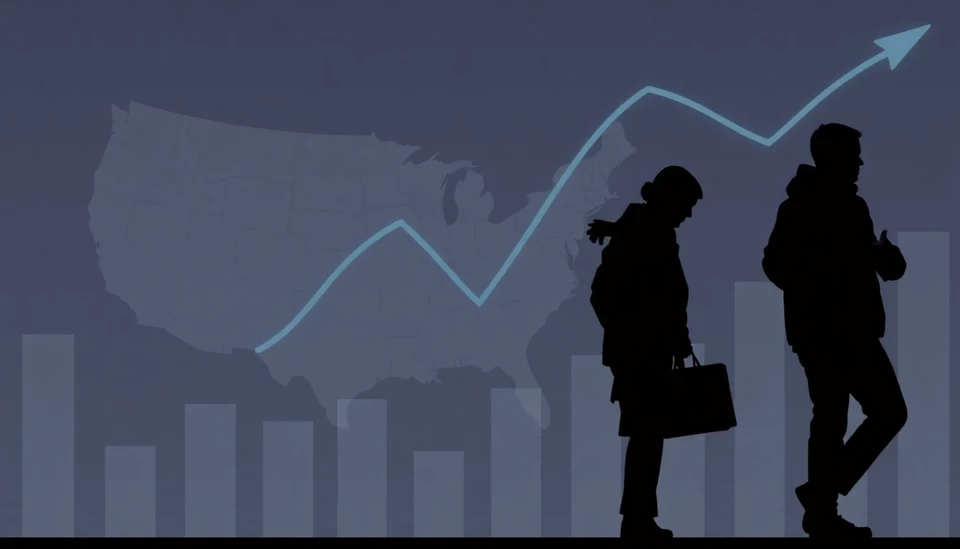
The U.S. labor market showcased a more favorable position than analysts had anticipated, as reflected in the January 2025 jobs report released by the Bureau of Labor Statistics. The report indicated that 250,000 jobs were added last month, surpassing economists' expectations, which proposed a more conservative increase of approximately 200,000 positions. This uptick signals a remarkable resilience in the job market amidst various economic uncertainties.
Unemployment rates held steady at 3.5%, maintaining the historically low figures seen over the previous months. This flatlining is emblematic of a tight labor market, where companies are competing vigorously to attract and retain talent. Strong job growth across sectors, most notably in healthcare, leisure, and hospitality, played a significant role in these developments.
Wage increases were noted as a significant highlight of the report, with average hourly earnings rising by 0.4% in January, which translates to an annual increase of 4.2%. This growth in wages is critical as it reflects the ongoing efforts of employers to incentivize their workforce amid a competitive hiring landscape, thereby potentially contributing to higher consumer spending and economic activity in the near future.
Interestingly, the services sector continued to drive employment gains, with significant contributions from education and health services, which added 60,000 jobs. The leisure and hospitality industries also rebounded with the addition of 50,000 jobs, highlighting a recovery from previous pandemic-induced declines. Furthermore, the professional and business services sector experienced substantial growth, adding 40,000 positions—demonstrating sustained demand for skilled workers in various industries.
However, the report was not without its challenges. The manufacturing sector reported a slight decline, shedding 2,000 jobs, indicating ongoing struggles within this industry. Moreover, the retail sector also faced headwinds, as the continuous shift towards e-commerce continues to reshape consumer purchasing behaviors and business strategies.
Looking ahead, analysts suggest that while the current figures present an optimistic outlook, the wider implications of inflation and the Federal Reserve's potential interest rate hikes loom large. The central bank remains vigilant in its efforts to curb inflation, which could influence borrowing costs and, consequently, corporate hiring decisions.
In summary, January’s robust job creation numbers reflect an optimistic labor market amid ongoing economic fluctuations. The interplay between rising wages and employment opportunities indicates a solid foothold but needs to be monitored closely against macroeconomic challenges, particularly inflationary pressures and shifts in monetary policy.
As the economy continues to adjust and respond to global influences, stakeholders—including policymakers and investors—will need to remain committed to evaluating trends and making informed decisions for sustained growth.
In conclusion, the January 2025 jobs report reveals a resilient labor market capable of adaptation, even in the face of broader economic challenges. Understanding these dynamics is crucial for anticipating future economic trajectories in the United States.
#USJobsReport #Employment #WageGrowth #LaborMarket #EconomicInsights
Author: Laura Mitchell



